It could be so frustrating when you're working really hard to teach your puppy to walk on a dog leash, but it still isn't working. Here are the top five mistakes that people are making while doing dog leash training. And Happy & Polly will give you tips that you can take to help you to be more successful.
- Train in the right environment
The first thing is the simplest one: the environment. When you first start to train your dog, it's really challenging for both you and the dog. We need to be building on a solid foundation of success. We need an opportunity that we can reward our dog, we can acknowledge the fact that they're in the right position. But it's really hard to do if there are so many distractions around.
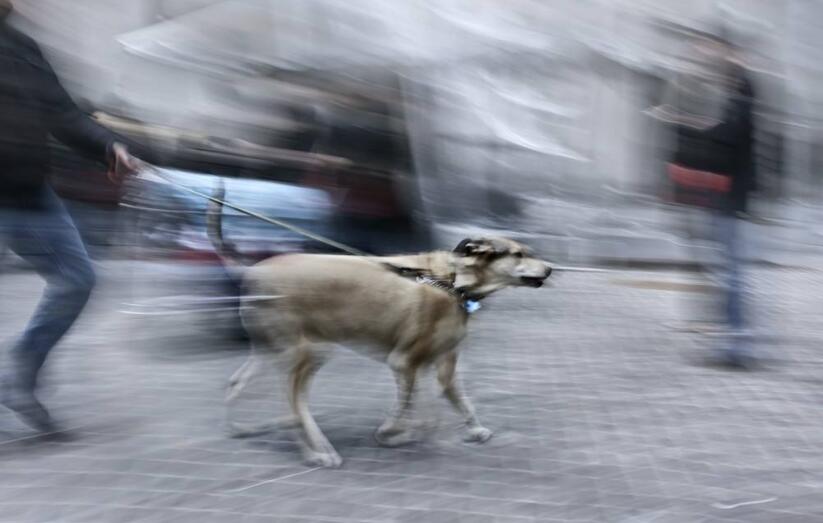
Find somewhere less distracting. You can go to your backyard or start practicing in your hallway where there are very few distractions. But you must give your dog an opportunity to be right.
You are both learning how to make this work. It's a great opportunity for you to learn how you're going to reward them, what kind of rewards you're going to need, what position you're going to be rewarding them in. If it's too overwhelming for your dog, then you need to change something. You're dog's level of understanding kind of goes hand-in-hand with the environment.
Break down the skill for your dog to get some success. If they're struggling at a certain point in this environment, then you need to break things down for them. So instead of going all the way around the block and giving your dog an opportunity to make some of these mistakes, maybe you pick two or three driveways and you insist that your dog's success throughout those. You're really clear with them about rewarding them in position, that they remain with you, that they're focused, that they aren't pulling for those three driveways and at the end, you just give them that release word.
Get a win and end that rejection. They don't have to remain in at your side for that entire block or even half of the block. So really focusing on that understanding can be helpful along with being aware of what's going on in the environment.
- Focus on leash tension and choose the right dog leash
If the leash is tight, it isn't right. You need to choose the right dog leash for your puppy. New puppy owners are often in a hurry to reward their dog for the position that they're in because they're in at their side. But what's really important about teaching your dog not to pull on the leash is that there's no leash tension when you're rewarding them.
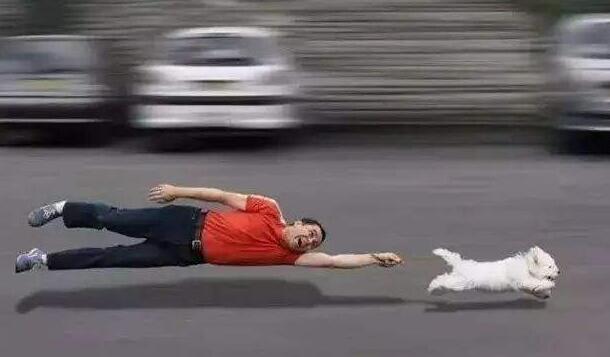
You need to keep an eye on the clip of your dog's leash. We're very aware of what's happening when we're rewarding our dog. We're always giving our dogs a choice and then when they make the right choice, we're capturing that moment, or showing them how to be right and rewarding them for it.
Only reward on a loose leash. This will be really great for that casual walking behavior. Your dog will be less likely to pull on their leash because they'll know that anytime they keep that tension off their collar, they're getting rewarded for it. Be really aware of that leash tension. We really want to let them know that by doing that, by keeping that leash loose, it's worth it, that they're being rewarded for it.
Lots of small adjustments are better than one big one. You're keeping your leash loose. But when your dog gets out of position little bump-bump, little touch-touch on that leash, to bring your dog back before they get too far away, those little fixes make your life so much easier than making a great big fix.
>>More Dog Leash &Collars to get a leash for you dog.
- Manage your pace
Walk like you’re running late for something. By moving a little bit more quickly, moving purposefully will actually teach your dog to be less distracted by the things on the ground. It will actually cause them to be more interested in you, a little bit more focused.
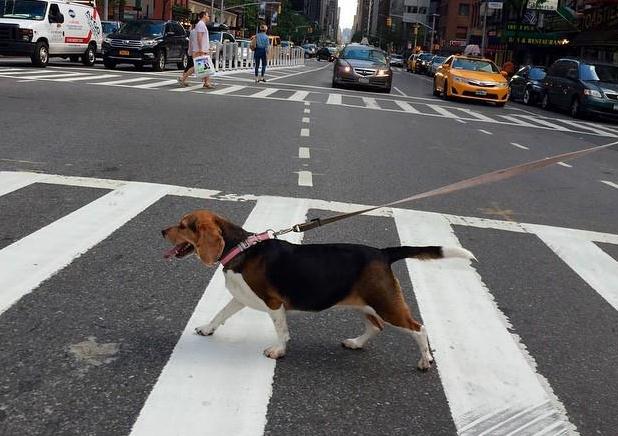
Be more interesting to your dog by adding turns. If your dog is often sniffing the ground or getting distracted by a leaf that's blowing by, increasing your pace and walking more purposefully can make a huge difference. But adding in a couple of turns keeping that pace up, you're way more likely to get a dog who remains in that great position at your side.
Deliberate done consciously and intentionally. You're intentionally walking in that direction and then you're gonna make a 90-degree turn maybe and you're gonna walk in a different direction, but the pace doesn't necessarily mean go fast, but it means to be deliberate. Be intentional about where you're walking.
- Consistency
Consistency for walking on a loose leash can be challenging sometimes. We are working really hard to keep our dog in at our side on a loose leash when we're training. But then, we feel I'm gonna go to the store with my dog or things like that because maybe you have something in your hand, you allow your dog to pull the entire way and that's really confusing for your dog. We need to be really fair with them and give them consistent information.
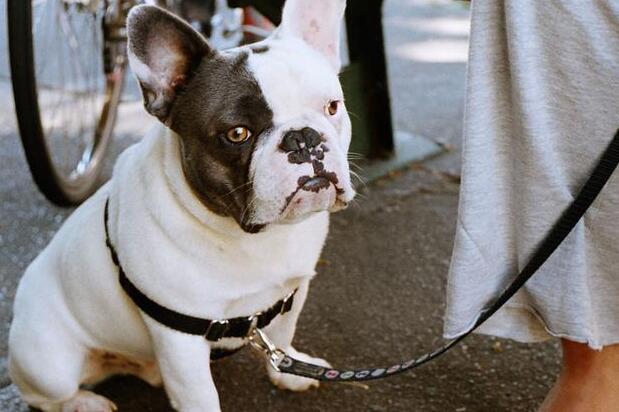
So if that means that when you asked them whatever your heel position, we use the term, “Let's go”. “Let's go” means remain in at my side. No pulling on the leash. So when you ask for that behavior from your dog, be consistent about it. If you aren't able to follow up, if you aren't able to work on it and train through it, then don't ask them for that.
If you're trying to teach your dog to remain in at your side with whatever your command is, be consistent about it. Don't allow them to pull sometimes when you're going to the park with the kids or when you're going into your favorite pet store. Be consistent.
- Value and frequency of reward
If you have a dog who just loves to pull on their leash, couldn't care less that you've got food in your hand, then you need to really up the ante. Really give them something to consider. But you really do need to set your dog up, so that they are feeling super-rewarded. Now is the time to pull out that rewarding kind of food, whatever it might be.
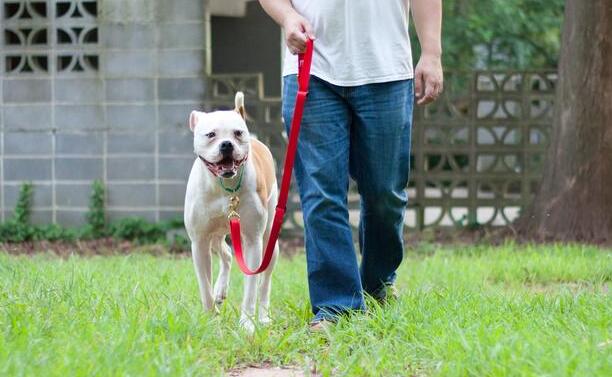
The other thing you need to think about is: are you rewarding them frequently enough? So often, we will get to a point with our dog where they're walking pretty well on a leash, but then maybe someone will go by or there'll be some distraction and we will maintain that same reward every 30 steps or 20 steps.
Increased distraction means increased rewards. You will find that rewarding your dog every two steps if they have a distraction that they absolutely love. You can start to reduce the number of times or the frequency of reward that you're giving them, but it's important that at these times when they're struggling, think about the value of the reward and think about how often you're rewarding your dog.
We're working towards a situation where you don't have to reward at all, that your voice is enough. But at this point, if your dog doesn't understand, then we need to give them something to think about. Give them a reason to pay attention to you and so often with dogs 'cause food is a resource that they find valuable naturally, using better food, a more desirable food.
Reward early & reward often! Before they've chosen to leave you and go visit that other thing or follow up on that distraction, make it more valuable for them to remain in at your side by proactively giving them a reason to be there.
Use your voice to “bridge the cap”. We want to be supporting them to bridge between each time we're putting those treats on their nose with our voice. Praise them for remaining in position. It gives them something to think about. Use your voice. Reward with the frequency that's appropriate for your dog.
You're likely to discover that you're making one or maybe a couple of these simple mistakes and once you get these things fixed, at least when you've got them identified, you're going to find that your training goes a lot better. If you enjoyed it and would like to see more news, do not hesitate to visit Happy & Polly website on https://happyandpolly.com.

